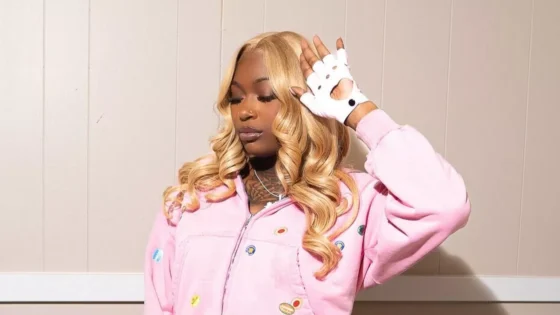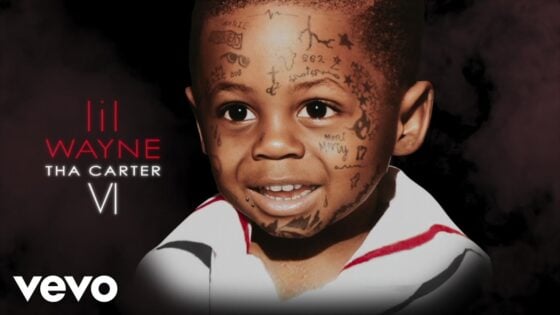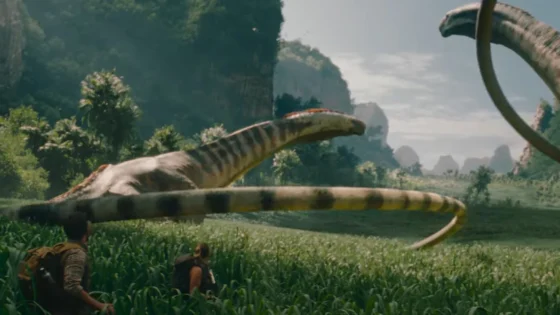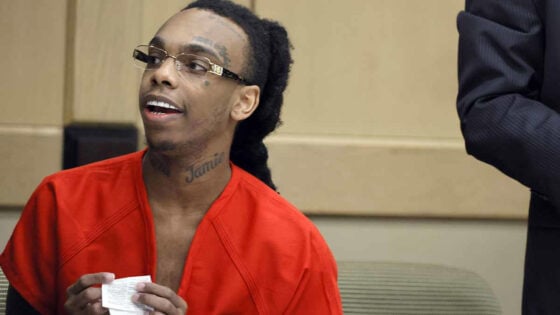TV
20 Years Later, The Wire’s Genre Filmmaking is Still Unmatched (Part 2)
Rules change. The game remains the same.
The Wire Season 3: The Western Comes to Baltimore
Many viewers would be fooled into thinking season three of The Wire is back to basics simply because it returns to the drug game of season one. One of the first scenes finds cops Herc and Carver (Seth Gilliam and Dominick Lombardozzi, playing the Rosencrantz and Gildenstern of the show) chasing a suspect to the tune of Isaac Hayes’ Shaft theme. It’s art imitating life imitating art, as these two goofballs ride around like they’re actually in a movie. It sets the stage perfectly for what’s to come: the larger-than-life hitting up against reality. Expecting a possible cancellation, David Simon and his writers embraced the show’s pulpier elements for season three to define some of its greater points, bringing in influences from the quintessential American genre: the Western.
Season three shifts focus to city hall to follow the politicians and bureaucrats that impact crime and drug policy. Two sheriffs emerge, ready to clean up the streets. Tommy Carcetti (Aiden Gillen), an idealistic if flawed mayoral candidate, and Bunny Colvin (Robert Wisdom,) a shift commander sickened by the lack of crime progress, who sets up a secret zone where drugs are free to be sold and used.

Ultimately, the season is a battle of outsiders against the institutions that birthed them. Action vs Inaction. Compassion vs. Nihilism. It’s the thrust of all great Westerns. Do you take the law into your own hands to clean up your town? Where do you place your faith when your authority figures can’t save you? Homicide detective Bunk Moreland (Wendell Pierce) questions just that when he chastises stickup artist Omar Little (Michael K. Williams) for his complicity in the city’s violence, even as Omar robs and kills the very drug dealers Bunk wants locked up.

No greater scene illustrates this theme than the confrontation between Omar and Brother Mouzone, the show’s pulpiest characters. Omar is The Wire’s unsung anti-hero, a gay, shotgun-wielding thief who sports a duster and whistles nursery rhymes. Brother Mouzone (Michael Potts) is the show’s silliest and least defined character, a miniature Malcolm X who espouses that the most dangerous thing in America is a “n****r with a library card.” Their faceoff–after a messy meeting in season two–plays straight like a showdown at the OK Corral. Both stand at attention, yards away, ready to draw pistols. You half expect a tumbleweed to blow between them. No bullets are exchanged, however, as the two decide to team up to take down Barksdale consigliere Stringer Bell (Idris Elba). That scene plays like a classic ambush with the hired assassin and the outlaw cornering the second in command to the big bad boss.
This genre flexibility isn’t just for winking kicks, nor is it a concession to drooling style hounds, rather it demonstrates a willingness to mythologize its setting and characters to make a larger point. Baltimore is the CITY, a stand-in for all that has worked about America and all that has failed. It’s the closest the show gets to allegory. The season was filmed right around the invasion of Iraq, and the writers go so far as to parallel the Barksdale turf war with that botched campaign. As Slim Charles (Anwan Glover) puts it, the validity of their beef is irrelevant. If their war is a lie, “then we fight on that lie.”

Season three was not the end of the show, in fact. Two more seasons would close this saga, thus the season would become a transitional year. Like most Westerns, the conclusion finds our heroes hanging up their holsters, having done all they can but still outmatched. Bunny’s social experiment gets shut down, and his pension is stripped. McNulty gets the bracelets on Avon Barksdale, but decides to leave Homicide for beat duty, sacrificing so much for the job. And out of the morass emerges Marlo Stanfield (Jamie Hector), the new king of the streets and a threat more fearsome than ever before.
PART ONE | PART TWO | PART THREE | PART FOUR


































